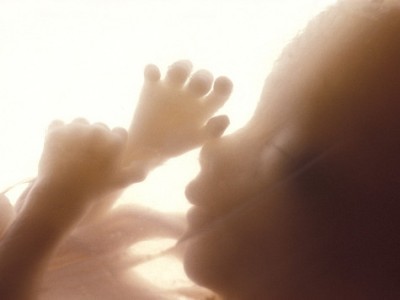Second trimester abortion is an issue that is not only controversial in political terms but also has legal implications, and health implications that go beyond beliefs and personal politics.
Reasons and indications
There may be a number of reasons for a second trimester abortion– confirming a pregnancy, taking the decision of an abortion, miscalculation of dates, relationship changes, continuing to have periods and not realizing that one is pregnant, lack of access to first trimester abortion etc. may be just some of the reasons to opt for a later abortion.
Some very young girls may not know to recognize pregnancy symptoms and may not realize that they are pregnant until later. There could be financial reasons and familial pressure that prevent women from seeking and obtaining an abortion during the first trimester.
Secondly there could be medical reasons why an abortion is required in the second trimester – developmental problems, birth defects, disabilities, the probability that a fetus may not survive birth, or a threat to the mother’s life etc. An estimated 10 to 15% of all abortions are second trimester abortions.
Legal implications
Abortions performed in the second trimester vary in terms of legality. While abortions are legal in some parts of the world until before the end of the second trimester (in the United States abortions performed in the first and second trimester are legal up to 24 weeks), in other parts of the world only first trimester abortions are legal.
Procedures for second trimester abortions
Since the fetus is bigger and more developed by the second trimester stage, different procedures are used for terminating the pregnancy. Dilation and curettage is done if the pregnancy is advanced beyond the first trimester, usually up to the 15th week of gestation. Dilation and evacuation is the procedure used for abortion between 15 and 21 weeks of a pregnancy.
Hysterotomy abortion as another method of terminating the pregnancy during the second trimester – the uterus is opened through a small abdominal incision and the fetus is removed, rather like a caesarean section.
The risks and complications of a second trimester abortion
Apart from the complex issues of faith, belief and stigma attached to the whole question of abortion, there is the question of safety of the procedure for the mother in the case later abortions.
There is relatively more risk in second trimester abortions, and a greater chance of complications, thought the procedures are safer than ever before due to the quality of medical care having increased in recent times.
Since abortion during the second trimester is done by way of D&C or D&E, there is the possibility of an injury to the cervix or the uterine lining. In rare cases there is danger of uterine perforation. There is also the danger of an infection which is present in practically all surgical procedures. There is the possibility of heavy bleeding or hemorrhage in some cases.
Other complications of a second trimester abortion include incomplete abortion (when some tissue is retained in the uterus) and in very rare cases there could be uterine rupture.



